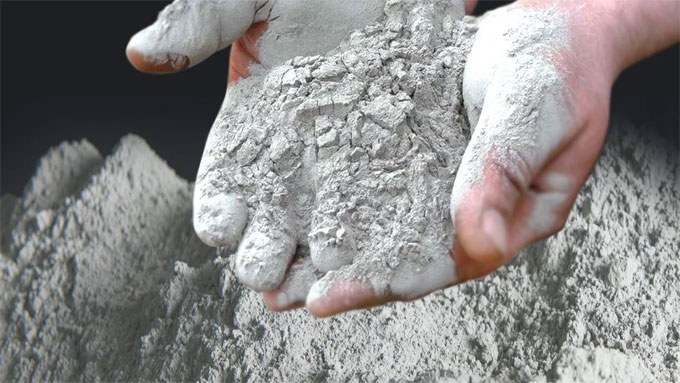
Some major cement ingredients and their uses

Cement is considered as strong binding material for building construction. So, there should be proper knowledge on the composition of cement. The functionality of cement constituents plays a major role for cement composition. To attain the superior quality of cement, the amount of constituents should be modified at the time of producing cement.
Formation of Cement - The following constituents are part and parcel of cement. Given below, the common percentage of these constituents in cement:
Constituents : Percentage in cement
Lime 60-65
Silica 17-25
Alumina 3-8
Magnesia 1-3
Iron oxide 0.5-6
Calcium Sulfate 0.1-0.5
Sulfur Trioxide 1-3
Alkaline 0-1
Functions of Cement Constituents - Given below, the detail characteristics of these constituents :
Lime: Lime stands for calcium oxide or calcium hydroxide.
The existence of lime should be adequate to develop silicates and aluminates of calcium.
Inadequacy in lime minimizes the strength of property to the cement.
Inadequacy in lime leads to quick setting of cement.
Surplus in lime quantity makes cement weak.
With the existence of lime excessively, cement will be inflated and decomposed.
Silica: Silicon dioxide is called as silica, chemical formula SiO2.
There should be adequate quantity of silica in cement to dicalcium and tricalcium silicate.
Silica contributes strength to cement.
Normally, the percentage of silica is about 30 percent in cement.
1. Alumina: Alumina is Aluminium oxide. The chemical formula is Al2O3.
a. Alumina contributes rapid setting property to the cement.
b. Clinkering temperature is reduced with the existence of the necessary quantity of alumina.
c. Excess alumina makes the cement weak.
2. Magnesia: Magnesium Oxide. Chemical formula is MgO.
a. Existence of Magnesia should not be in excess of 2% in cement.
b. The strength of the cement will be decreased significantly with excessive magnesia.
3. Iron oxide: Chemical formula is Fe2O2.
a. Iron oxide assigns color to cement.
b. It functions as a flux.
c. At a very high temperature, it imparts into the chemical reaction with calcium and aluminum to develop tricalcium alumino-ferrite.
d. Tricalcium alumino-ferrite brings hardness and strength to cement.
4. Calcium Sulfate: Chemical formula is CaSO4
a. It exists in cement in the form of gypsum(CaSO4.2H2O)
b. It delays or retards the setting action of cement.
5. Sulfur Trioxide: Chemical formula is SO3
a. It should not exist in excess of 2%.
b. Excess Sulfur Trioxide makes cement to become weak.
6. Alkaline:
a. It should not exist in excess of 1%.
b. Excess Alkaline matter leads to efflorescence.


